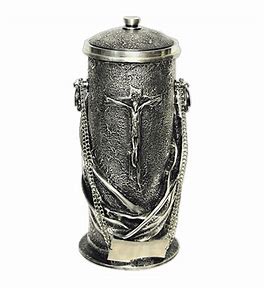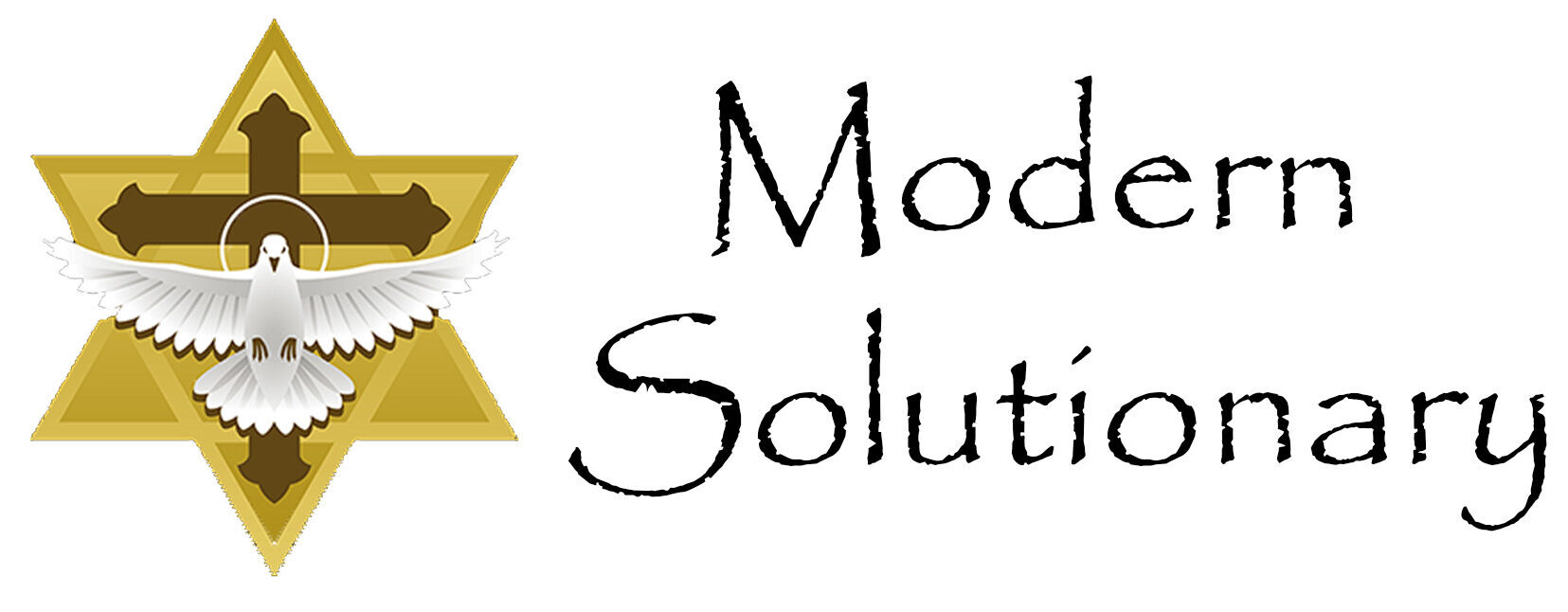
Like every creature that inhabits the earth, our bodies are destined die. In the animal kingdom, once death occurs, a natural process begins that will allow the remains to break down into the original organic compounds of their creation.
As humanity evolved and populations densified into societal units, leaving the expired bodies out in the open created health risks. Steps had to be taken to humanely dispose of the remains. Through various eras, in addition to exposing the corpse to the element and the scavengers, they have been buried, burned, or submerged in bodies of water.
Once mankind began following religious beliefs, our death was viewed as the passage from one state of existence to another. With the founding of Catholicism by Jesus, being a loyal Jewish man, Christianity closely followed the Jewish beliefs when they adopted their burial rituals.
In the gospels, we read the details of how Lazarus’ body was wrapped in linen and laid in a closed tomb. In the discourse, we learn that even our Lord, Jesus, wept while Lazarus was entombed. The sadness of separation caused by our earthly death escapes no one, but our arrival on the other side, is greeted with joyful celebrations.
From the earliest beginning of the Christian church, our body was recognized as something special; being made in the likeness of God. This kinship is exactly why Jesus chose to participate in the entire human experience. With the Word made flesh, Jesus, was given the perspective of humanity’s earthly suffering. It is through our understanding of His Passion we are positioned to better sympathize and rejoice in the depth of the God / man relationship.
It was some of the early Gentiles, converting from Paganism to Christianity, who brought over the practice of cremation as method of handling their dead. For some of the Jewish converts, this did not sit well, because of the belief that the soul would be reunited with the body on the last day; much like the example of Jesus’ body after his resurrection. In either case, it’s more about reverence than the destruction. Protecting and containing the remains of the body shows reverence to our “Earthly Temple to the Lord”.
Within the last century, the Catholic Church issued prescribed directions for the way our earthly remains should be handled. The burial of our bodies, especially in urban areas, has become a challenge. As more and more people were opting for cremation, Church leaders had to find a way to maintain the sanctity of our earthly body while providing options that solved the problems of available space.
In 1963, The Congregation for the Doctrine of Faith, spelled out what in Latin was “Piam et Constantem”, “Pious and Constant” which allowed for cremation to occur but with prescribed handling of the precious remains.
The remains were to be stored, in their entirety, on hallowed ground. This was to protect the holiness of the vessel of our soul. Prior to this it had become common for surviving relatives to divide up the ashes, keeping them in their homes during their life. This was the survivor’s way of not letting go of their deceased loved ones. The Church has never condoned that decision. From a theological view, refusing to protect the remains in a holy place, solely for our pleasure is viewed as a selfish act and should be avoided. The same can be said about scattering the ashes. We are taught that the remains should be protected as precious and when we fling them here and there, it lessens the importance of what the vessel once stored.
Most recently, in 2016, the Church added clarity in a document called, “Ad resurgendum cum Christo”, “To rise again with Christ”. It reiterated that we should mirror Jesus as closely as possible, whenever possible. The Church prefers a body be respectfully cared for, placed whole in a casket or urn, and interred in a hallowed cemetery much like Jesus was. This demonstrates our hope and faith for our own resurrection.
If this is my last post, I want all to know there was only one purpose for all that I have written; to have made a positive difference in the lives of others.
Anthony “Tony” Boquet, the author of “The Bloodline of Wisdom, The Awakening of a Modern Solutionary”
